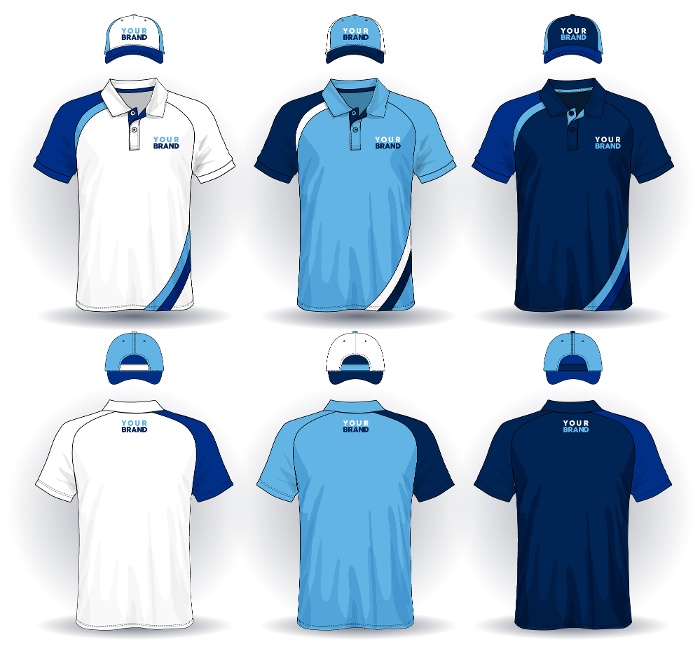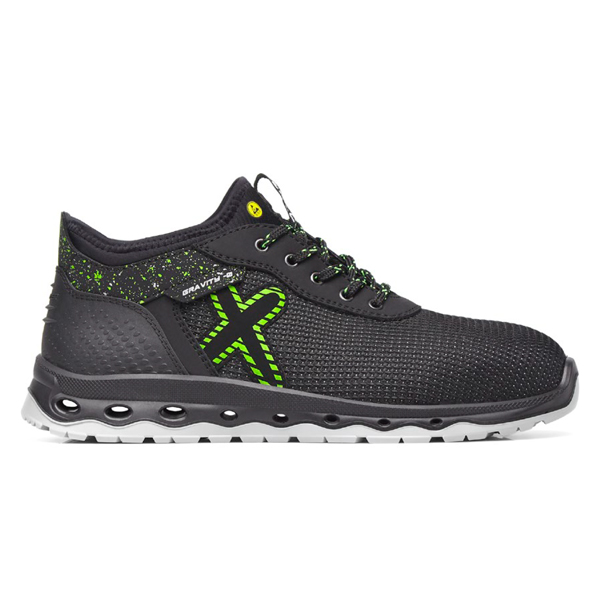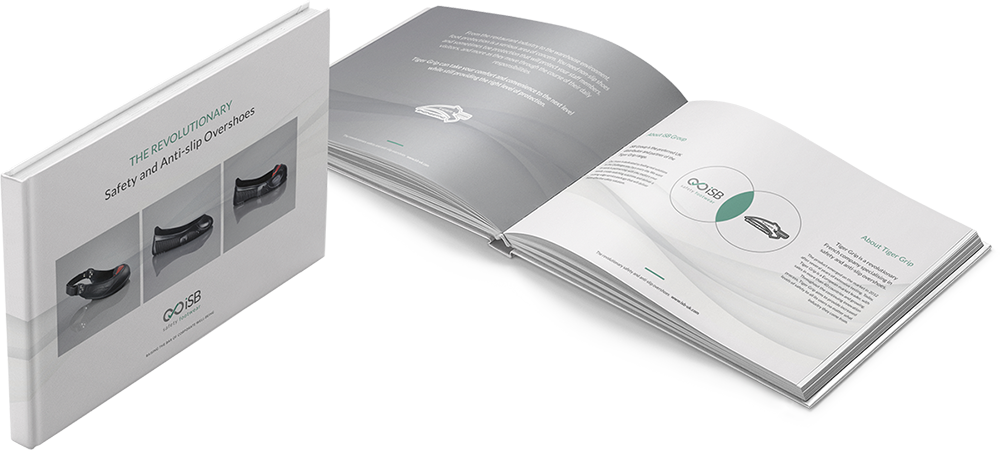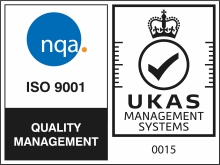
From initial decisions about logo designs and clothing options, to practicalities around production and delivery, and ongoing agreements around turnaround times and product consistency, there’s a lot to consider when you’re planning a workwear rollout.
With so much to think about and remember, Nick Grinnell has put together a handy, step-by-step guide to an effective workwear rollout. His eight steps to success are:
- Be clear on your brand
- Do your due diligence
- Check the sizing
- Consider the logistics
- Check and double check
- Plan delivery
- Receive delivery and hand out to staff
- Ongoing management
Let’s look at those steps in more detail.
Step 1: Be clear on your brand
Just as your employees are an extension of your brand, so is their workwear an extension of your business identity and you should bear this in mind when choosing from the available options. Think about what message you want your workwear to convey about your company, and how this translates into the choices you make between formal and casual, and over colour combinations, imagery, and logo placement.
Take time to understand all the available options, and to choose items that fit the demands of the job roles of your workers. While fleece jackets may work well for warehouse workers, a soft-shell jacket may be a smarter option for customer-facing roles, including delivery drivers. Likewise, a company polo shirt or sweatshirt that is always covered up by a high-vis vest could be replaced with a branded high-vis polo shirt or sweatshirt instead.
Remember that rolling out new workwear is an opportunity to be creative and try something different, so don’t look to just directly replace what you’ve done before.
When you’ve decided on your clothing options and where you want to put your branding, it’s time to choose between embroidery or print as a method for applying that branding. You can find out more about the benefits and drawbacks of each method in this blog post.
Learn more: Discover six ways branded clothing can bring value to your business.
Step 2: Do your due diligence
When choosing workwear, make sure you partner with a trusted supplier that can deliver high quality products consistently. Whether you’re purchasing something bespoke or ‘off-the-shelf’, you’ll want to ensure the products ethically and sustainably produced, from source materials to manufacture, and that they comply with all the relevant safety standards making them safe and comfortable for your employees to wear.
Don’t be afraid to question your supplier about their supply chain. A quality provider will be happy to answer any questions you have about the provenance of the products they offer and the credentials of the manufacturers they work with, and to provide evidence of adherence to safety standards and other certifications such as those governing items made from genuine recycled materials.
Step 3: Check the sizing
Before you put in an order, always ask your supplier to send you samples of the different sizes on offer. This is particularly important if you are changing to a different type or brand of uniform, as it helps eliminate potential issues down the line caused by variations in sizes between brands. A good supplier will be happy to provide samples. If your chosen supplier is reluctant, you may want to consider choosing another who is happy to do so.
Step 4: Consider the logistics
Depending on how many employees your business has, you’ll want to think about how you will manage the rollout itself. If you offer a variety of clothing options, how will you ensure all your workers get their chosen items, in the correct sizes? Some suppliers will help manage this process for you, ensuring items are batched together for individual employees and then delivered on named pallets to different depots complete with a full inventory to allow for ease of distribution on site.
Step 5: Check and double check
No employer wants to receive boxes of branded workwear that their employees can’t wear because of a spelling mistake or other error. For this reason, it’s vital to check and double check proofs of logos and designs prior to production, to make sure your branding is correct.
Our tip: Ask a few people from across the business to perform an independent check. Mistakes are easy to miss, especially by those closest to the project, and a fresh pair of eyes is most likely to spot anything that needs to be corrected.
Step 6: Plan delivery
A good supplier will set a deadline by when you can expect to receive delivery of your order, as well as provide regular, clear updates along the way. Be wary of any supplier that you don’t hear from between submitting your order and it suddenly arriving. Good communication is vital in case of any issues at the next stage.
Step 7: Receive delivery and hand out to staff
If you’ve followed steps 4 and 6 above, then this should be a straightforward process. If there are any issues, such as wrong sizes, ensure you communicate these clearly to your supplier, and expect prompt action to resolve them.
Step 8: Ongoing management
You may have completed a successful workwear roll-out, but this is no time to rest on your laurels. Once the initial order has been fulfilled, you’ll want to talk to your supplier about turnaround times for subsequent orders and processes for managing ongoing supply, as well as provision for substitutions or bringing in new innovations in products as they become available. No one wants the high-quality products they purchased at the outset being replaced by cheaper imitations down the line, or to miss out on new options that could serve them better.
Our tip: Ask your supplier if they have an order management system that will empower your employees to purchase replacement workwear as needed, within limits set by you as their employer.
You can read more about this topic in our guide to corporate workwear.
You Might Like...
 1
1
Gravity Jupiter Safety Trainers- E3200
Ultra resistant textile TECNO-TEXT upper
 2
2
Gravity Jupiter Safety Trainers- E3200
Ultra resistant textile TECNO-TEXT upper
 3
3
Gravity Jupiter Safety Trainers- E3200
Ultra resistant textile TECNO-TEXT upper
 4
4
Gravity Jupiter Safety Trainers- E3200
Ultra resistant textile TECNO-TEXT upper

















